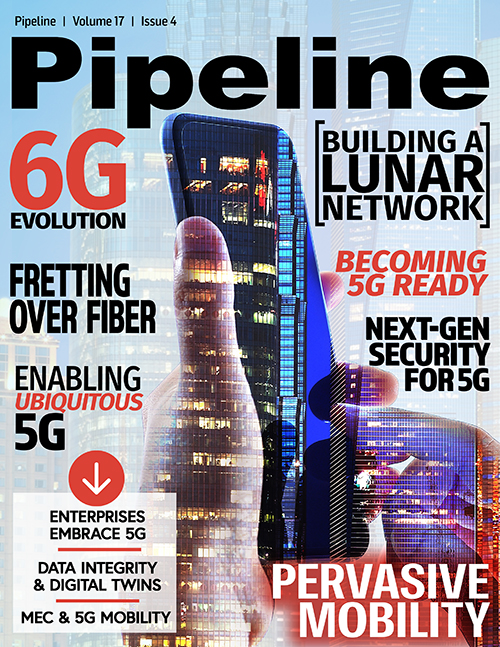Ubiquitous 5G from the Inside Out
Augmented Reality and Virtual Reality (AR/VR)
These evolving technologies—which require high speed and low latency—are often used indoors for training and product support, as well as entertainment purposes.
Autonomous service vehicles
Autonomous service vehicles within subterranean locations, such as pedestrian or vehicular tunnels and parking garages, cannot be reached by outdoor signals. Such vehicles can also operate between buildings in enclosed pedestrian footbridges connecting hospitals, convention centers, hotels, and office buildings.
Outside-In: Bolstering 5G deployments indoors
According to Caroline Gabriel, principal analyst at
Analysys Mason, the indoor quality of experience must no longer take a back seat in the 5G era if enterprise requirements are to be satisfied. As Gabriel explains, operators and businesses now
have a “strong motivation” to invest in in-building wireless networks to the same extent as outdoor networks. For the first time, she says, networks will be deployed where the importance of the
indoor quality of service is equal to that of the outdoor quality of service, rather than being an afterthought.
This goal can be achieved with the next generation of in-building cellular solutions: small cells and DAS. To deliver the bandwidth and latency performance needed to realize 5G’s full indoor
potential, these systems should ideally adhere to the following principles:
User-centric networks
Capacity—and the cell itself—must be defined and designed around users and applications, rather than the space within a larger single physical cell. When compared with densely deployed standalone small cell networks, the user-centric network eliminates border interference and handovers. With cell virtualization, it dynamically matches capacity to user demand, which is critical to meeting 5G performance and latency objectives.
Ethernet front-haul
Proprietary and dedicated network overlays are costly to design, deploy and maintain. 5G-enabled IBW solutions that can be deployed over Ethernet (the de facto in-building networking standard) enable use of commercial off-the-shelf switches. This approach also allows network and facility owners to ride Ethernet’s robust growth. This means easier migration as access layer switches evolve from 1 gigabit to 2.5 and 10 gigabits, as well as the ability to support emerging power over Ethernet (PoE) standards.
Edge intelligence
A user-centric network requires performance-critical functions, intelligence and user awareness at its endpoints—the radio access points. The ability to respond intelligently to changes in
user or device location and behavior enables delivery of value-added services. These include emergency services and AR/VR applications that take advantage of granular location awareness.
Radio adaptability
Multiple mobile radio technologies are already in play, while new ones are being introduced faster than the legacy technologies can be retired. In addition to existing LTE technologies, networks must be able to adapt easily to support 5G NR, CBRS, Cat-M1 and other radio technologies. This requires radio access points that are field programmable, meaning they are capable of adapting to new technologies with a software upgrade instead of having to be replaced.



















